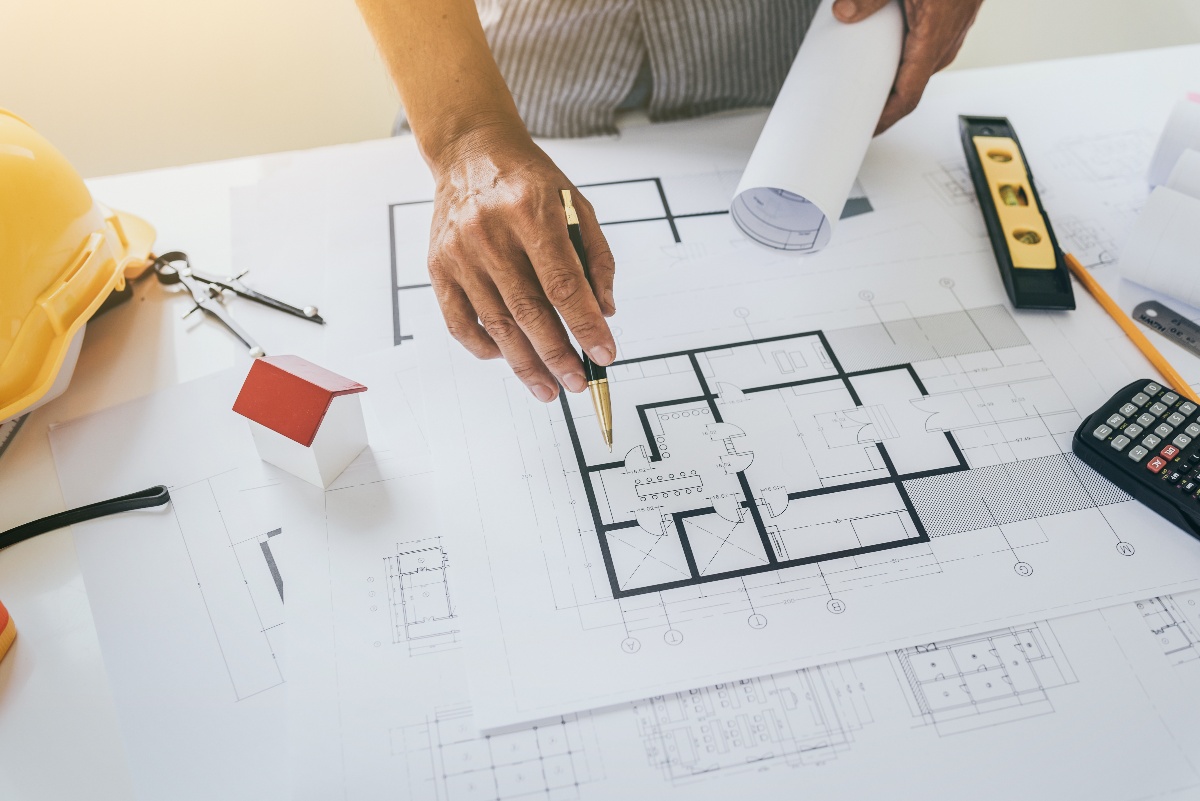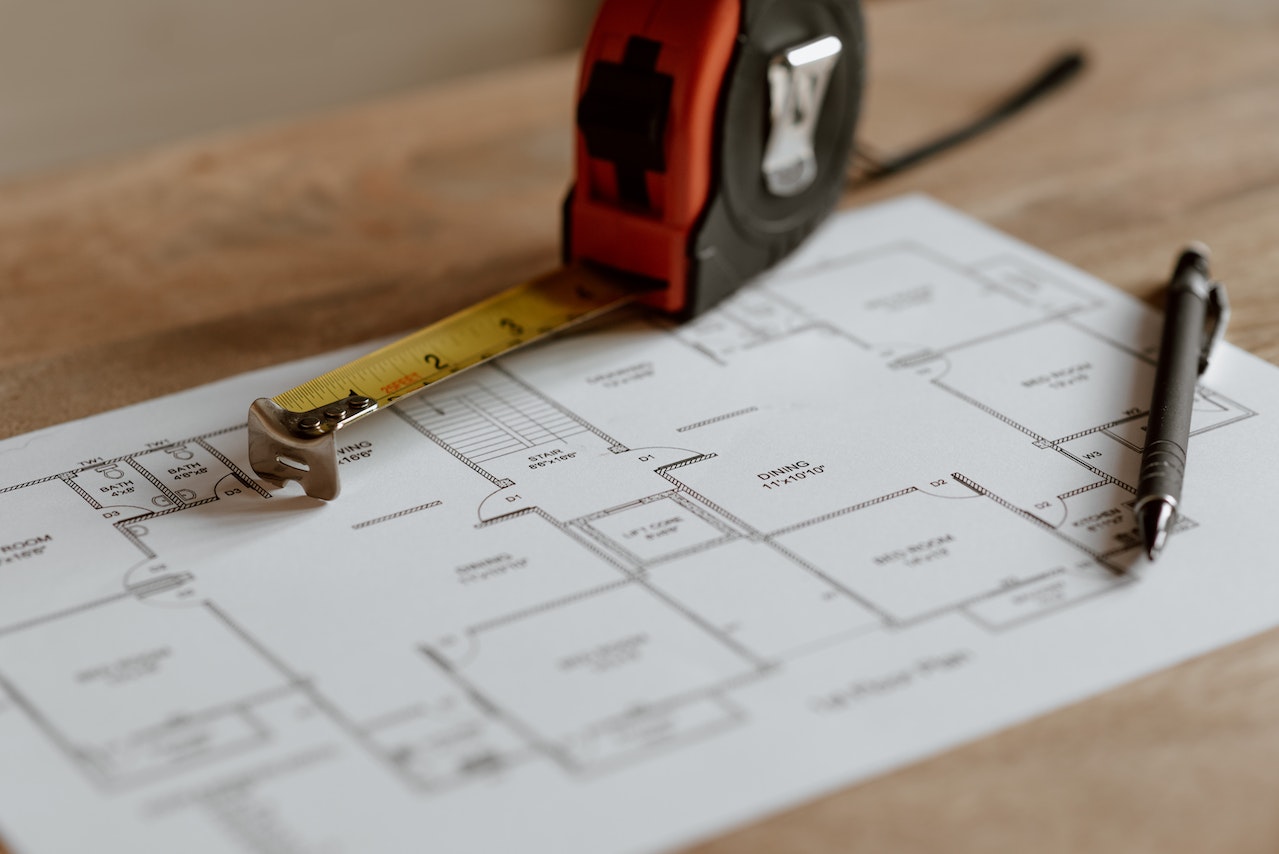What follows is the second of a three-part blog series created to help you ultimately: Pick The Right Remodeling Expert for your home and next remodeling project.
As owner and operator at Lewis Design Build Remodel, I frequently talk with people like you who are considering a home renovation. One question I often ask is, “How are you choosing which remodeler to work with?” Many people say they plan to ask for referrals, read reviews, and check references. All of which are excellent places to begin. A few of the most candid homeowners say, “Well, I haven’t given it much thought. What should I be asking? What do I need to consider?” After all, hiring a remodeler is a big decision. Not only is it a major investment, but you will be working closely with whomever you choose for several months or more. You’re not just choosing a company to do work for you, but you are inviting them into your home. You are building a relationship that will hopefully last a very long time.
Finding the right remodeling professional(s) for your project can be a process that may have some unexpected twists and turns. Even the handiest homeowners with a long track record of successful home-improvement projects often turn to the pros when handling a major remodel. A typical project can require everything from demolition to drywall, electrical, plumbing, flooring, finishes, and cabinet installation. Permits are needed for most projects, and somebody needs to be on-site to meet with inspectors and coordinate and oversee all the trades contractors who will be involved with your job.
In part 2 of this series, we will cover the following topics:
- Fixed Bids Versus Time and Materials
- Avoiding the Pie-In-The-Sky Pitfall
- Financing/Budgeting
- Starting Your Search
Fixed Bids Versus Time and Materials
As a homeowner wishing to remodel, you’ll be presented with two main types of contracts to choose from: fixed bid and time-and-materials (sometimes called a cost-plus contract). A fixed bid is (or should be) exactly as it sounds, a guaranteed all-in price for the complete project. Under a time-and-materials contract, on the other hand, the contractor will usually provide an estimate, but there is no guarantee the final bill will come out to that amount. The contractor will simply bill you for all the materials that go into your job, plus an hourly rate for the labor and the contractor’s markup.
Each type of contract has its own unique advantages and disadvantages. A time-and-materials arrangement, for instance, shifts the risk of cost overruns to the homeowner, so the contractor could theoretically complete the job for less. Cost-plus contractors will point out that they would have to add a certain amount of contingency to their bid to cover potential unforeseen complications.
This is true in theory, but the reality is that time-and-materials contracts tend to encourage less precise estimating. Calculating accurate estimates is time-consuming and requires experience; there is little incentive for the cost-plus contractor to put in this extra effort. There is also no incentive for efficiency. On the contrary, if your project takes longer and costs more, the time and materials contractor will benefit.
Finding a contractor willing to give you a fixed bid can often be more difficult. If you have your architect-designed building plans in hand, you can send them out to several general contractors and ask them to calculate a fixed bid to complete the work. Theoretically, you will receive well-organized bids back that you can compare apples to apples. In reality, many general contractors refuse to take part in a competitive bidding process, especially when demand is high. Properly checking prices on materials and getting bids from plumbers, electricians, and other busy subcontractors can take dozens of hours, and this is wasted time for the contractors who do not win the project.
The design-build approach lends itself well to fixed pricing. That is because the building team is involved right from the start of the process, providing accurate estimates, which in turn help guide the design to remain within the homeowners’ budget.
Avoiding the Pie-In-The-Sky Pitfall
A common complaint of homeowners wishing to remodel is that the design they commissioned turns out to be unbuildable due to cost. They may have found an architect who understands their desires and has come up with an amazing design, but when they solicit bids, the numbers come back much higher than expected, and they have to go back to the drawing board and scale back their project. This all-too-common scenario can be mitigated by involving a contractor early in the design process to provide “value engineering” (sometimes for a fee), in the form of recommendations for cost-effective materials and structural systems. The design-build model is another way to avoid ending up with a “pie-in-the-sky” set of plans by considering your budget from the beginning and integrating accurate cost estimation throughout the design process.
Financing/Budgeting
Homeowners finance remodeling projects in many different ways, from using savings to borrowing from your 401k to bank loans. Home equity loans and lines of credit (HELOCs) are popular, as are remodeling construction loans, which can be based on the home’s future value after the remodel is done. (However, detailed drawings and specifications will be required.) Homeowners with enough equity can do a “cash-out” refinance of their regular home mortgage and lock in a fixed interest rate. It’s a good idea to talk to your banker or financial advisor about your different options early in the process so you can get your financing in order before you dive into researching remodelers. You will find that it is useful to know what funds are available to you so you can later make an informed decision about how much to invest in your home.
A word about allowance is probably in order here. There are very few bad contractors out there, but quite a few aren’t very good at estimating. Some contractors will say they are giving you a fixed bid, but then they will fill it with allowances for major line items, like plumbing and electrical work.
If the work ends up costing more than the allowance, the homeowner is on the hook for the overrun. When examining a bid, it’s okay to have allowances for small items, like light fixtures and towel bars, but make sure that the price for all the labor is fixed.
Starting Your Search
Once you have chosen between design-build and the traditional architect + contractor approach, it’s time to begin your initial search for local companies. If you’re still on the fence between the two approaches, that’s okay. You can start noting names of architects and design-build firms.
Start by going online. Cast a ‘world WIDE web net’ ;-) and start noting names of companies that catch your eye.
- Google – A great place to start.
- Houzz – Makes it easy to read reviews and check out the portfolios of local building and design professionals.
- Review Websites – Websites like Nextdoor and other online review portals can be useful.
The next step, get recommendations.
- Ask friends and family who have recently remodeled.
- Ask for recommendations from your network on Facebook, Twitter, and other social media sites.
- If you belong to any online bulletin boards through your work, neighborhood, or other social or community groups, consider posting a call for recommendations.
- Contact your local trade association for home builders, architects, or interior designers.
For more information, please visit our website and download our eBook; ‘A Guide To Hiring A Remodeler.’ Our eBook Guide provides additional resources and includes helpful Worksheets that will make the process of Picking the Right Remodeling Expert For the Job stress-free. To get your own project started, get in touch with us, or give us a call at (831) 566-9499.




